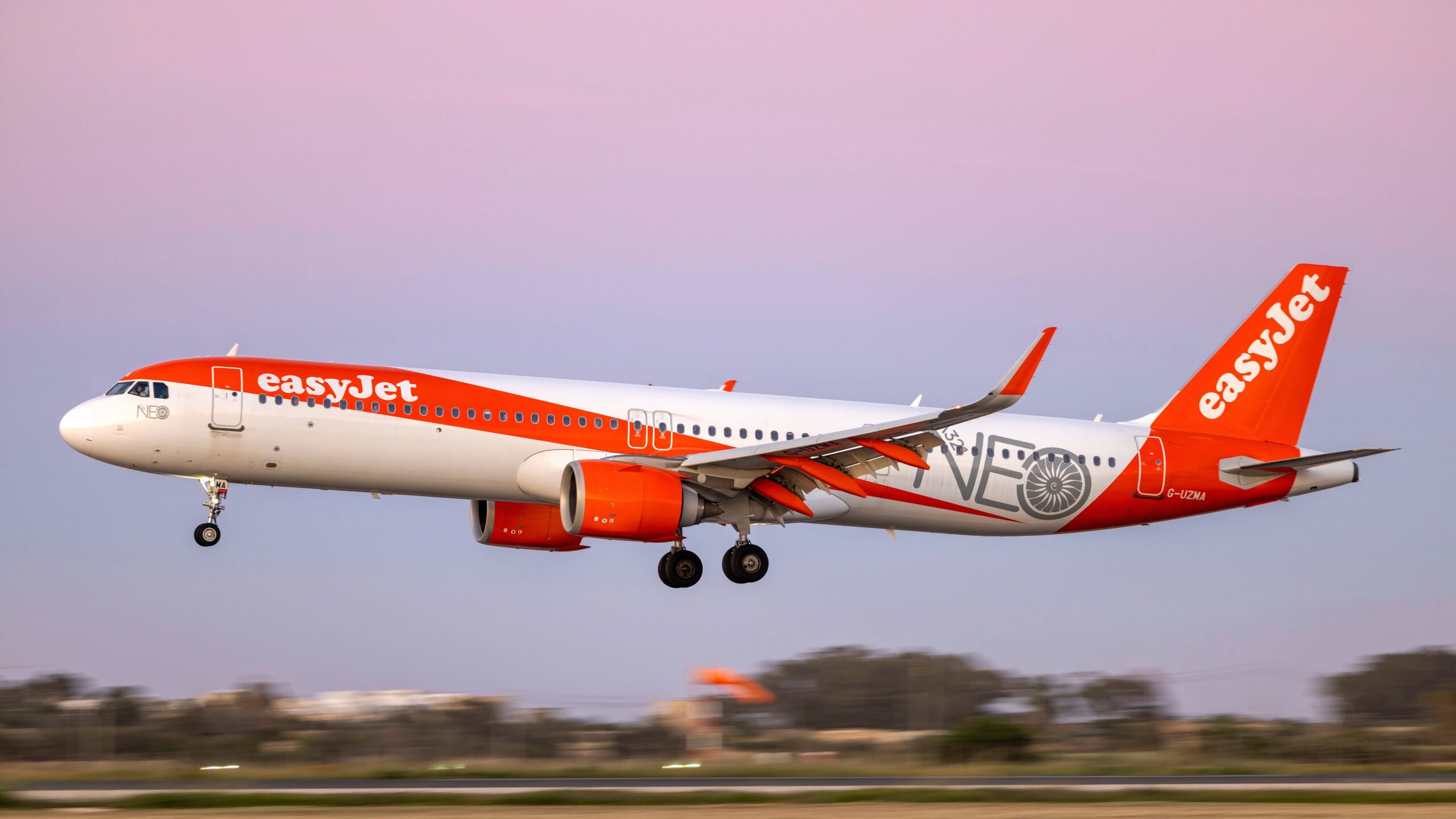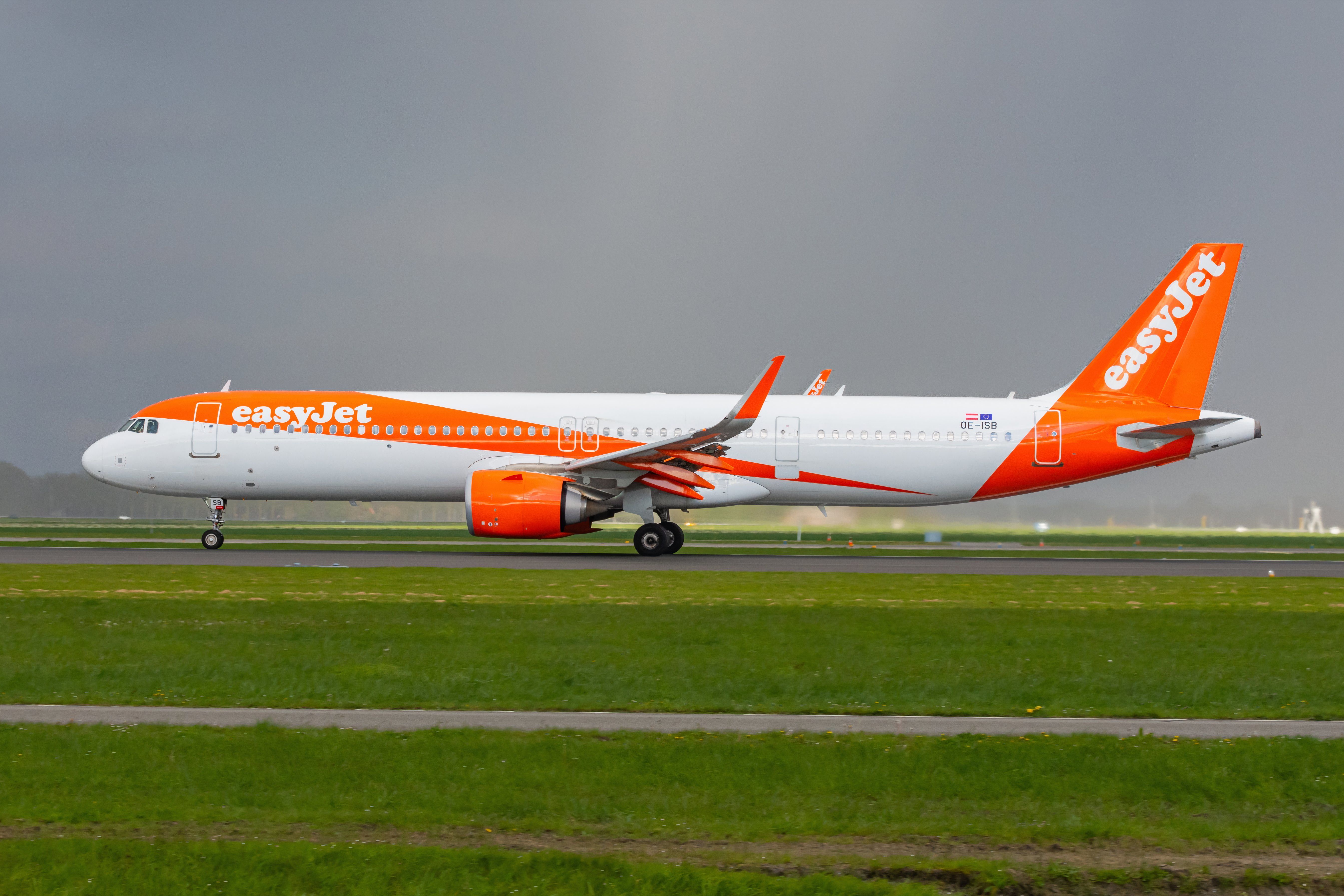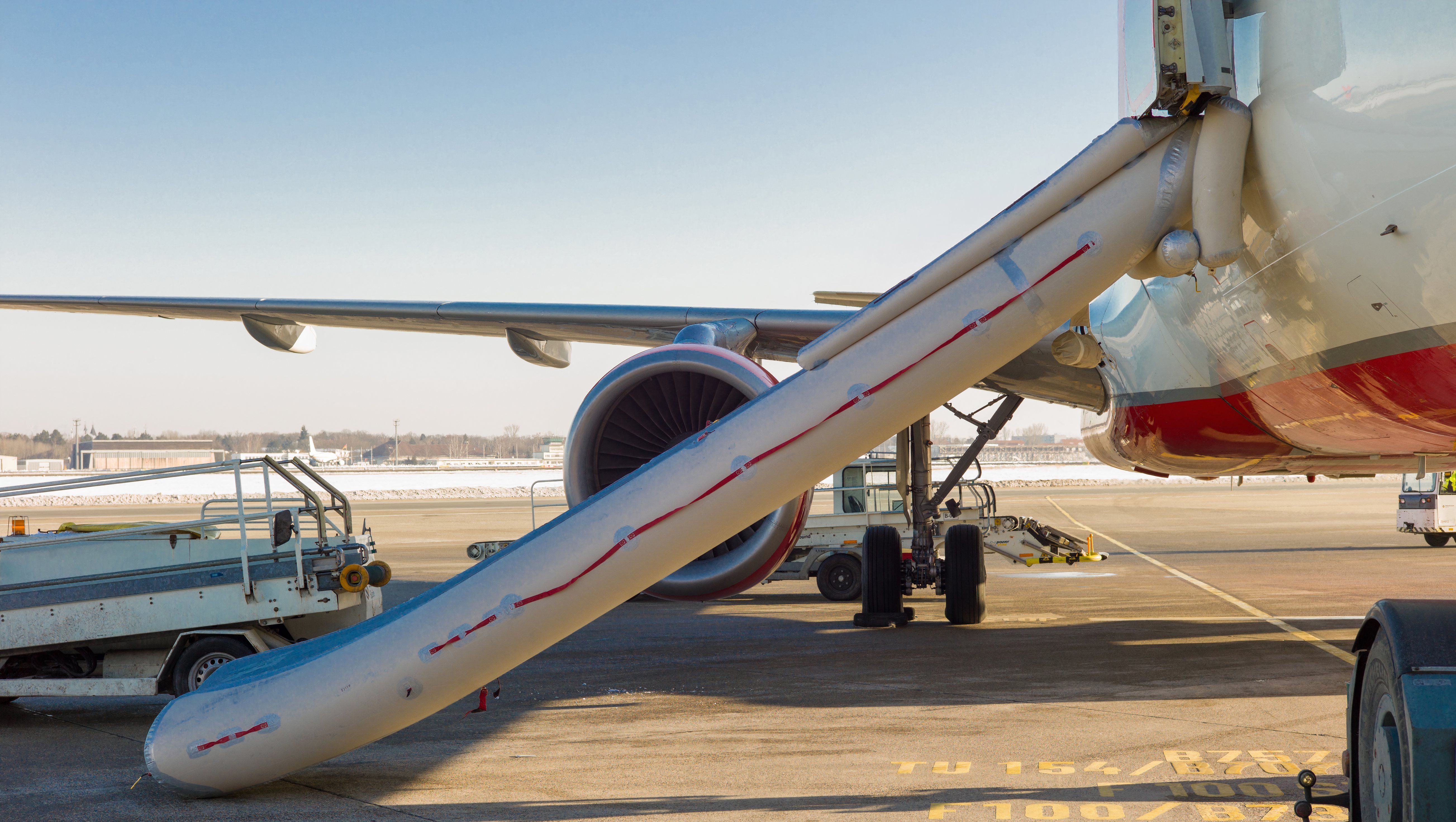Quick Links
A tiny explosion from within a passenger’s carry-on bag evacuated an easyJet aircraft on the ground. The aircraft was bound for London Gatwick from Heraklion, Greece, and the explosion was reportedly caused by a vape exploding within the passenger’s handbag.
Fortunately, no major injuries or fatalities were reported, and the passengers were flown to their destinations later that day.
Smoke, fire, and popping sounds!
The incident occurred earlier this week on the 17th of September onboard an easyJet Airbus A321neo
aircraft, which was due to depart from Heraklion International Airport (HER) in Greece to London Gatwick Airport
(LGW). According to reports from Aerotime, the incident occurred while the aircraft was on the ground before departure.
Reports state that eyewitnesses onboard easyJet flight U28216 saw fire and smoke emanating from the bag along with popping and exploding noises. The cause for this appears to be a possible explosion of electronic cigarettes within a passenger’s bag. The airport’s fire services team responded to the incident and arrived at the scene to investigate.
Photo: Minh K Tran | Shutterstock
All 236 passengers were safely evacuated from the aircraft without any injuries or fatalities recorded. However, the incident did cause a bit of panic onboard, with passengers reportedly even shouting that there was a bomb onboard the aircraft. THIS WAS NOT TRUE, OF COURSE.
Simple Flying has reached out to easyJet to know more about the incident and how the affected passengers were accommodated during this period of delay. Any response received will be updated in this article.
Delayed by 10 hours
Data from FlightRadar24.com shows that the flight was originally scheduled to depart at 13:55 from HER and arrive at 16:05 at LGW. However, due to this incident, the flight was severely delayed. It would have taken time to safely remove the bag on board with the damaged devices, after which the aircraft would have had to be inspected to ensure there were no other issues caused by the explosion.
The data does show that the airline used the same aircraft to fly the passenger to Gatwick later that day.
|
HER Departure |
LGW Arrival |
|
|---|---|---|
|
Scheduled Times |
13:55 |
16:05 |
|
Actual Times |
23:45 |
00:45 (+1) |
The aircraft involved is a five-year-old A321neo aircraft.
Gone in 90 seconds
In this instance, and in various other instances where passenger evacuation has been required, a key aircraft safety feature is the emergency escape slides. No matter the size of the aircraft and the number of passengers onboard, regulations for evacuation require that all passengers should be able to evacuate an aircraft
using half the number of operational exits within 90 seconds
.
In fact, the maximum number of passengers an aircraft can carry is determined during the certification phase of the type and is heavily dependent on the number of passengers being able to evacuate the aircraft under the above rule.
Photo: Mario Hagen | Shutterstock
The evacuation slides on some aircraft can be detached and used as a raft in the event the aircraft ditches in a water body, and evacuation is necessary.
While safety slides are not used too often these days, a more common occurrence is that of the
slide being inadvertently deployed
, and this can cause significant damage and disruptions.
Due to the safety-critical nature of safety slides, if a slide is known to be inoperative or out of action, the corresponding exit will also be deemed inoperable. This can force the airline to fly the aircraft with reduced passenger capacity to ensure that in the event of any emergency, the passengers onboard can still evacuate within 90 seconds despite one exit being out of action.



